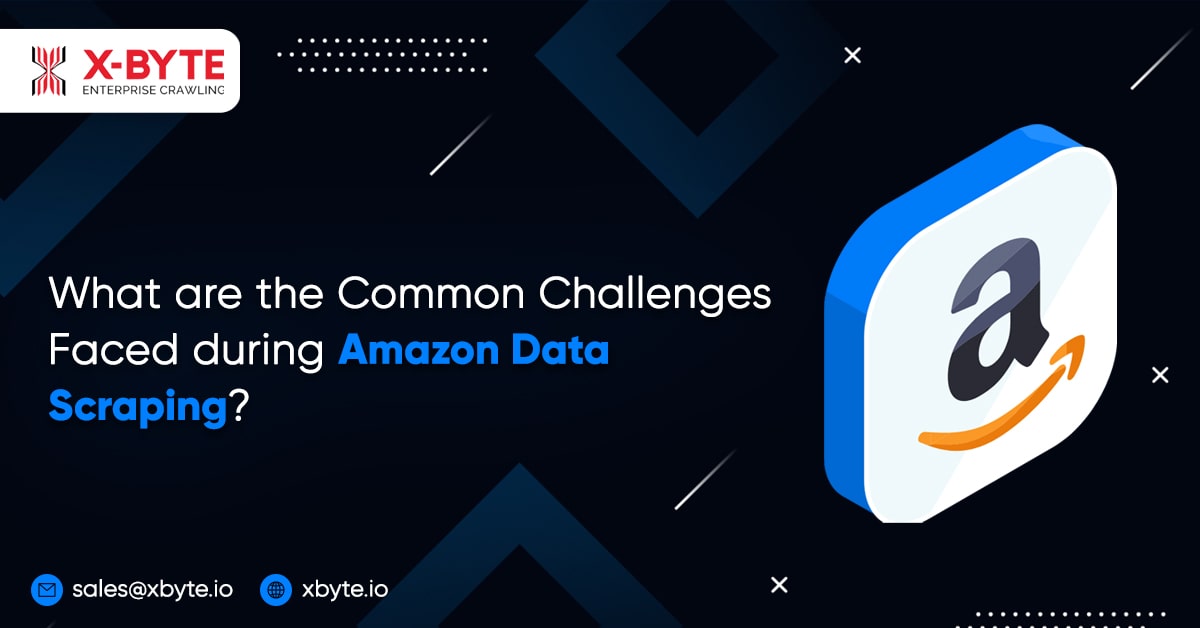
Amazon, which began as a small online bookshop, has grown to become the world’s largest e-commerce platform in the previous two decades. With its growing presence and impact in every nation, there is a rise in demand for its inventory data from a variety of industries. This information is obtained by Amazon website data scraping and other similar methods.
We gather, transform, and distribute data for millions of ASINs and search phrases at a very high frequency for numerous brands, manufacturers, sellers, and agencies as a data-as-a-service (DaaS) platform. Our clients utilize this information to keep track of the frequent changes on Amazon that might have a substantial influence on sales.
We frequently replace current scraping firms or internal processes that do not have the requisite technologies, people, or procedures in place to scrape data from Amazon at a large scale since online data extraction is a specialist area within the technology industry.
Our Amazon scraped data is used in a variety of ways:
- Competition Intelligence
- Monitoring M&A
- B2B lead generation
- Supply and Demand
- Pricing, content, imagery, and search results (including organic and sponsored placements – Share of Search) are all factors to consider.
- Analysis and decision-making about ad spend
- Ratings, reviews, and Q&A, for example, can be used to gauge consumer opinion.
Data scraped from Amazon is viewed by the user, and is frequently incompatible with data supplied by other Amazon APIs. Scrape data relating to e-commerce is similar to the online version of a mystery shopper in a brick-and-mortar store.
Challenge Overviewing

Despite the numerous hurdles connected with scraping data from Amazon, we consistently exceed our customers’ expectations in terms of data quality. Among the difficulties are the following:
- A large investment in technological infrastructure to capture Amazon data properly and at scale.
- Data collection at scale while overcoming online Captchas and IP blacklisting.
- Distinct product variants (one product page with several colors, sizes, tastes, and other options), different product variation layouts, and constant changes in how variations are shown.
- Inconsistent Amazon versions and features throughout the expanding number of countries where Amazon has a presence.
Many distinct formats of product page listings/templates that are regularly tweaked/updated, as well as Amazon’s constant UX A/B testing of new layouts, ad placements, and so on.
Defining Web Scraping

Web scraping seems to be the process of taking publicly available information from websites and storing it in a structured format such as Excel, JSON, or CSV for analysis and decision-making reasons.
Web scraping is similar to web indexing or crawling, which is a procedure used by search engines such as Google and Bing to make content on the internet more accessible. The organized format of web scraped data, as opposed to the unstructured style of web indexing, is the primary distinction between web scraping and web indexing.
Web scraping is governed by the same regulations and terms of service that govern web crawling.
Product Pages and Search Results with Varying Page Structures
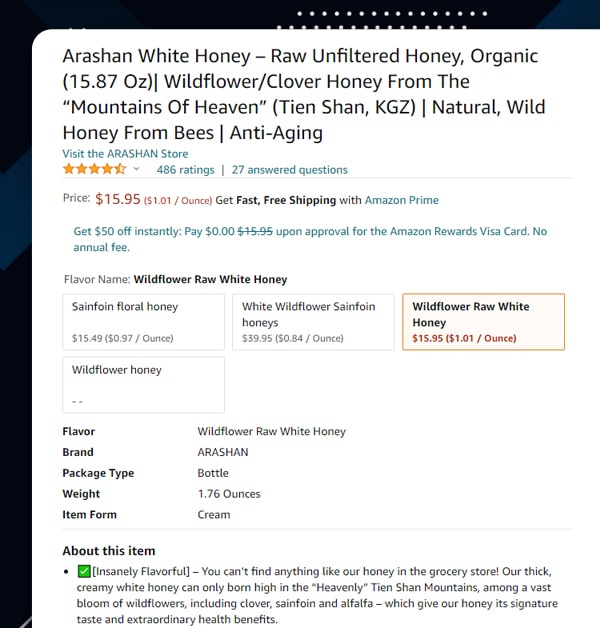
Due to the several templates used on the website to update the product details, many items on Amazon have multiple layouts, properties, and HTML elements. This is commonly done to accommodate various products, each of which may have unique important traits and features that must be promoted.
Furthermore, Amazon has undergone several redesigns throughout its 20-year existence, but not all goods are added to newer template layouts. The category or product group of newly added ASINs also affects the template used throughout the item setup procedure on Amazon.
Furthermore, Amazon websites differ greatly by country, with the US market often being the first to roll out and test new features and capabilities, followed by other areas later on. Below is an image of an example template.
Product Variations
Single product webpages with variant product descriptions webpages allow customers to effortlessly explore and purchase various goods. Here are a few good examples:
- Diapers and nappies come in a variety of sizes.
- Lipsticks in a range of hues are available.
- Pasta comes in a range of shapes and sizes.
Amazon was one of the first online stores to provide this feature, and it is still evolving. These variants are identical to the templates discussed above in terms of scraping, but they are presented on the site in a variety of ways. Furthermore, instead of being evaluated against one version of the product, ratings and reviews are frequently rolled up and counted against all accessible varieties.
Although, whenever, we scrape Amazon review data for clients, we display review totals and review the content at the ASIN level in our database. In terms of variants, Best Seller Rank data is used to provide for all ASIN variations, but now the same data is presented for each variation, and there have been several recent adjustments to the format and count of Best Seller Rank assignments displayed on product pages.
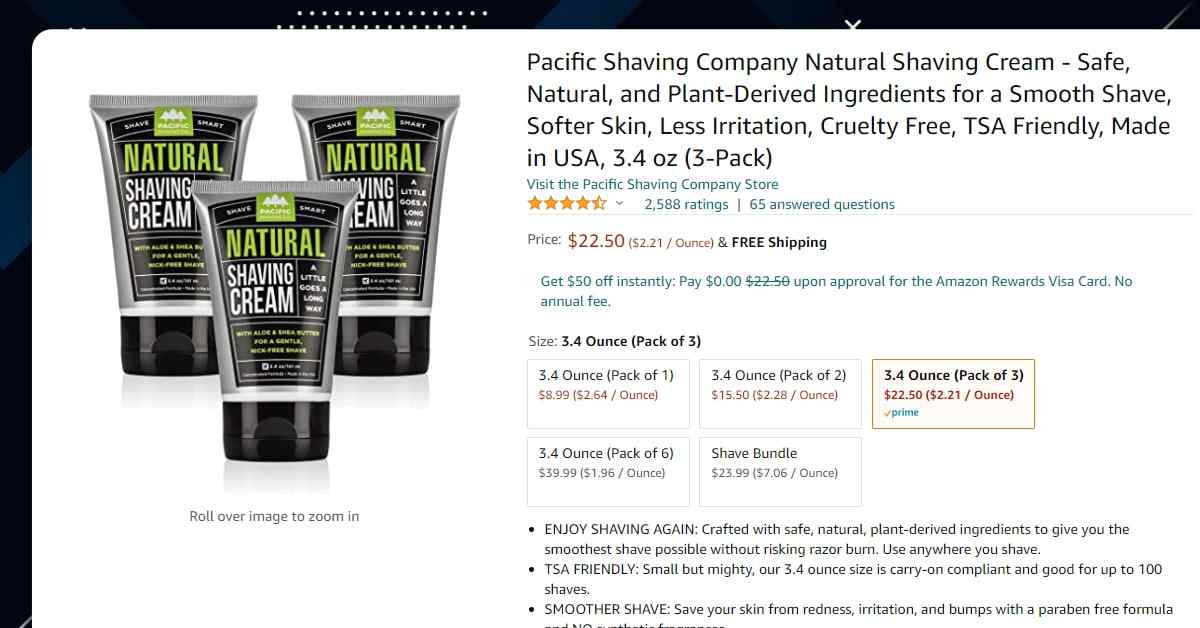
Online Captchas, Blacklisting, and Blocking
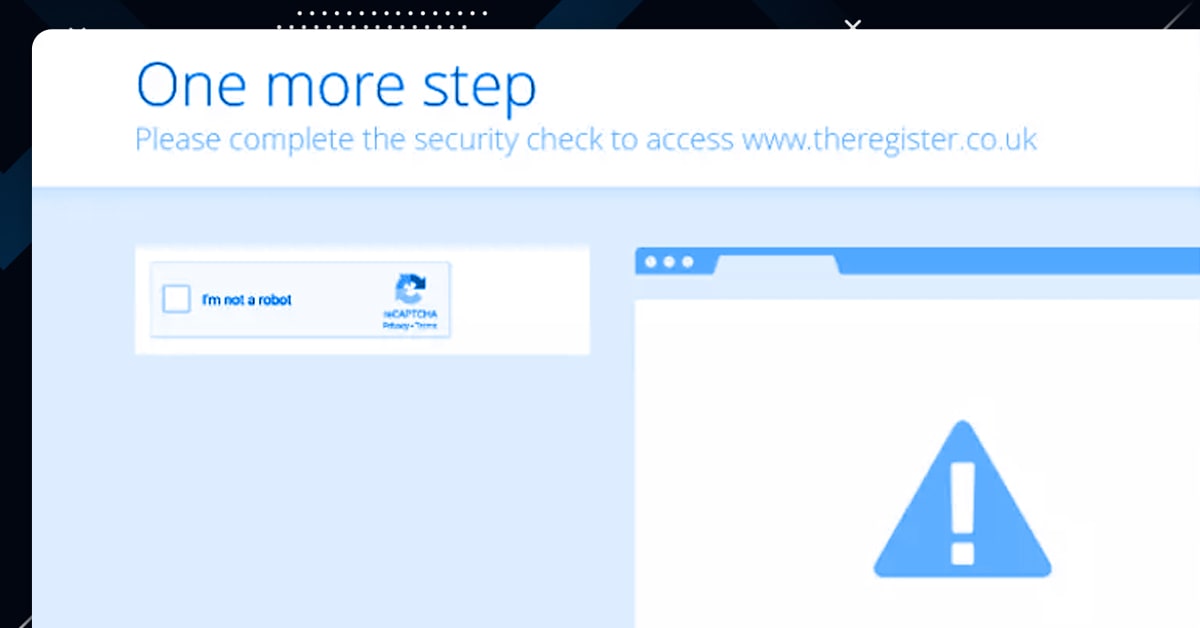
Amazon is excellent at separating web scrapers from human activity. When Amazon detects scrapers and/or a user makes 400 or more comparable page requests in a single session, measures are made to determine if the traffic is generated by a human or a computer. The first step in the procedure is to display a Captcha screen, similar to the one on the left, which requires unique codes to be input before showing more items or search results. If an IP address continues to request Amazon pages without validating the Captcha, it will be prohibited or blacklisted from reaching Amazon.
To overcome these major obstacles, we aim to make our crawlers’ browsing behavior as human as possible. We use a variety of solutions, including:
- Avoid doing the same thing over and over.
- Alter IP addresses regularly.
- At random intervals, send page requests.
To get around Amazon’s generic anti-crawl response, change the User-Agent on the crawler headers.
By viewing a tiny number of sites from one IP address before switching to another, this strategy makes it more difficult to detect a scraper. The ultimate result is a continuous supply of high-quality data for our customers.
Features of Amazon across Geographies
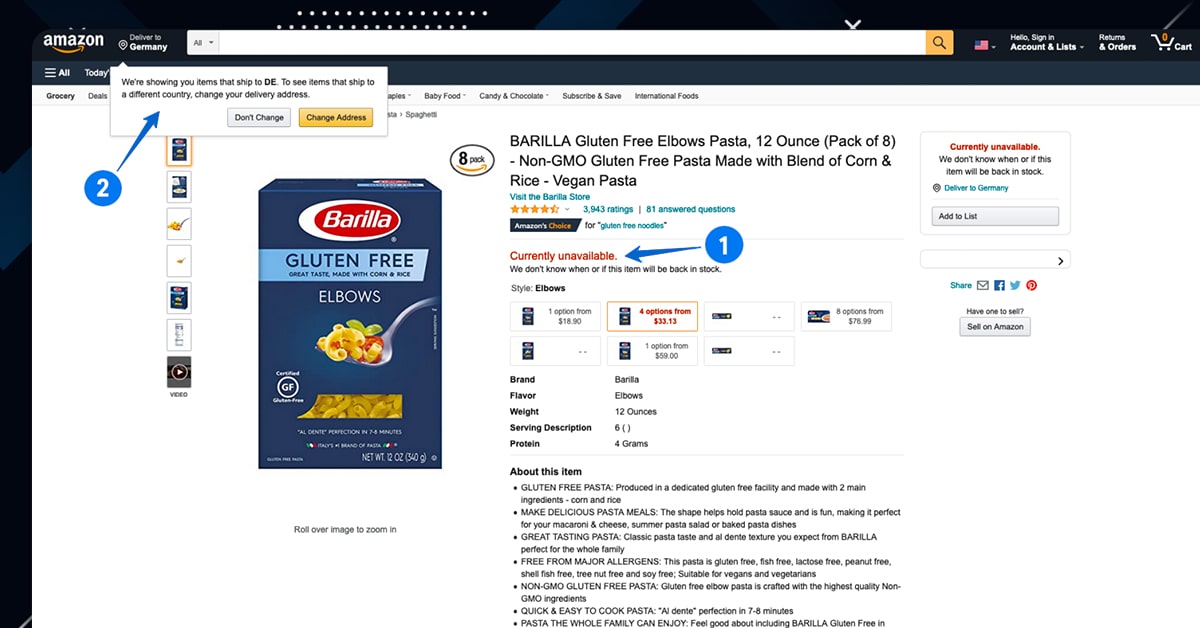
There is a substantial difference in product listings, search results, and product detail pages while exploring an Amazon country version from a different region. When visiting amazon.com from Germany, for example, Amazon only shows goods that ship to Germany. In addition, when a US zip code is specified as the delivery destination, details like price and availability are only displayed.
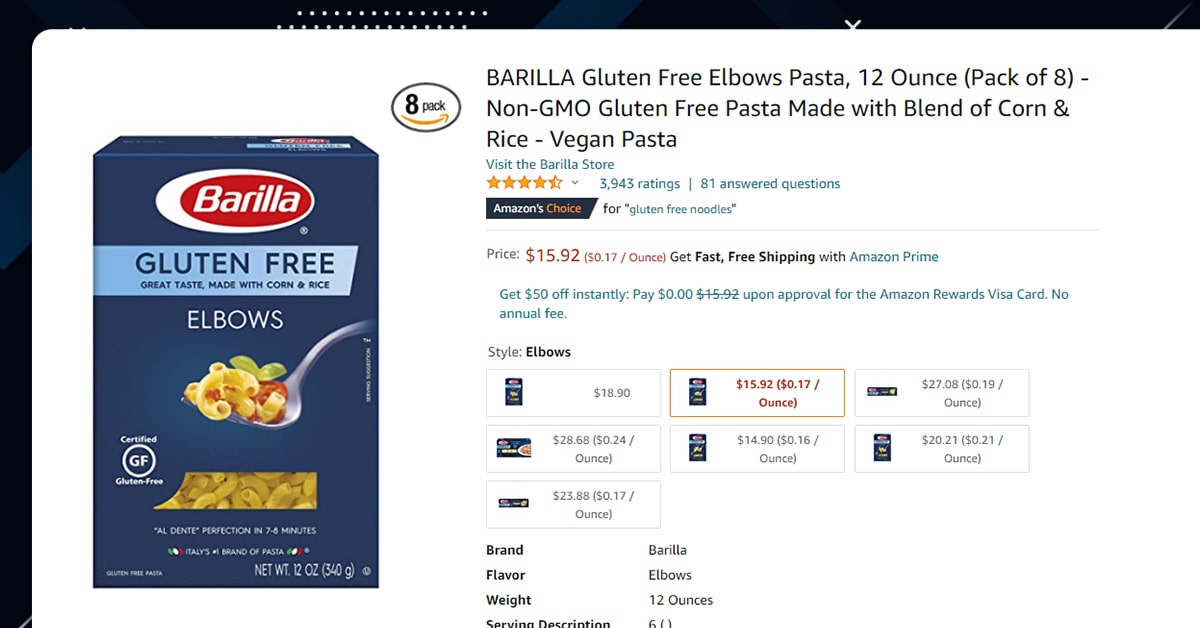
Amazon does advise consumers to change their region on their initial browsing session, but this isn’t always possible to code into a crawler. To get around this, we utilize the IP addresses of the nation from which we’re gathering data on Amazon’s platform.
Investing Heavily in Technology Infrastructure

We’ve engaged in the highest-end cloud storage infrastructure with high-capacity memory resources and high-efficiency network pipes and cores to handle massive amounts of datasets from Amazon items from across the world. This also helps us prevent memory difficulties and overburdening our local resources, allowing us to provide faster access to our clients’ data.
Conclusion
Web data collection is a specialist field in itself. When working with smaller data sets, some firms may be able to get by with a small in-house workforce. When your datasets are large, such as Amazon product information, which may vary from millions to billions of records each month, you’ll require a specialist solution to handle data collecting. When you add in the complexity mentioned before, your in-house team will almost surely run into memory loss, IP blocking, and empty dataset concerns if you don’t take the proper precautions and resources.
With over years of experience, X-Byte Enterprise Crawling product data variety of e-commerce including Amazon and all of its global versions. During the acquisition process, our team of professionals has dealt with and overcome a variety of barriers and problems to provide the highest quality service to our consumers.
For any data extraction services, contact X-Byte Enterprise Crawling today!
